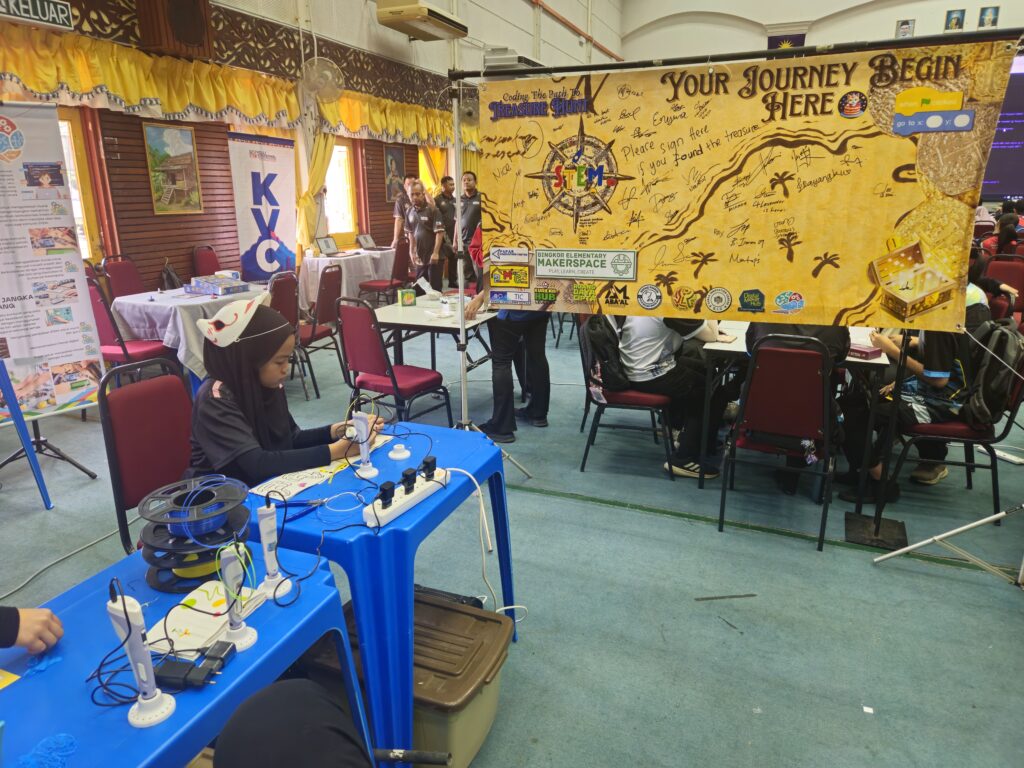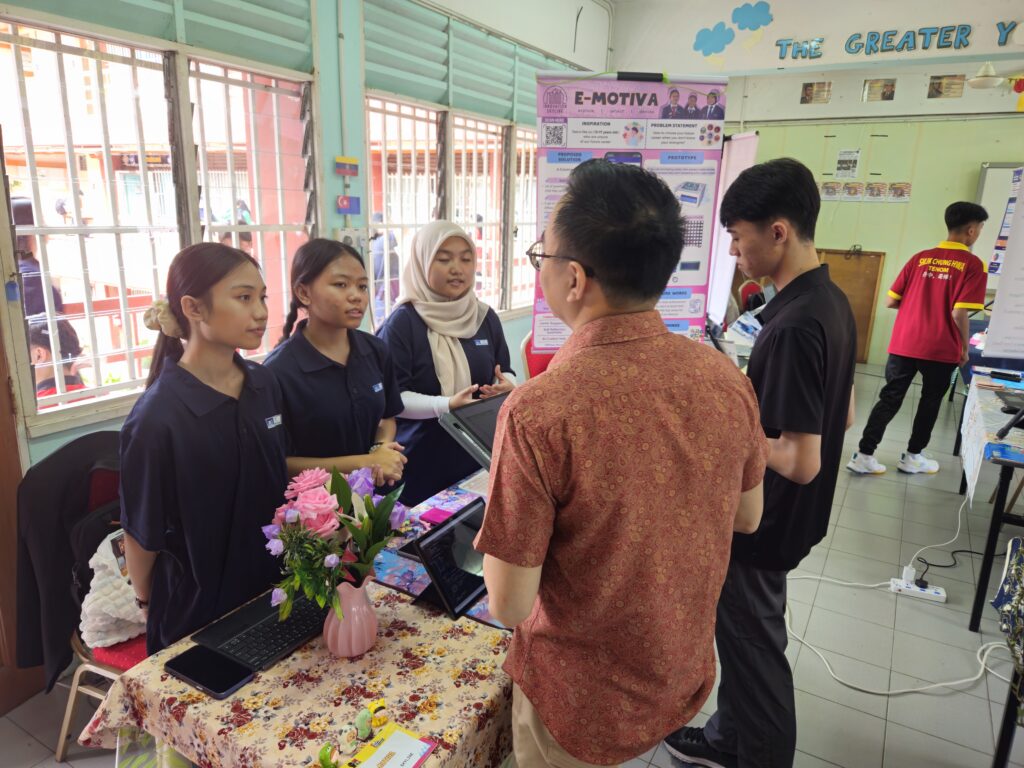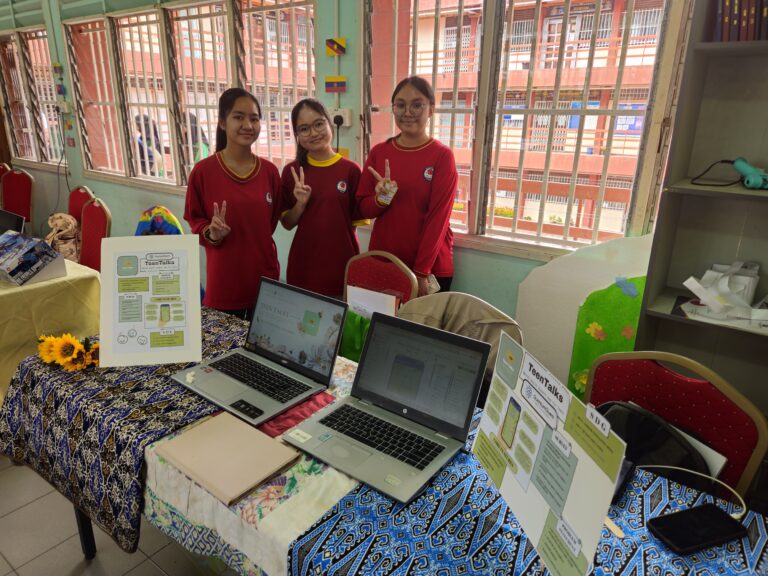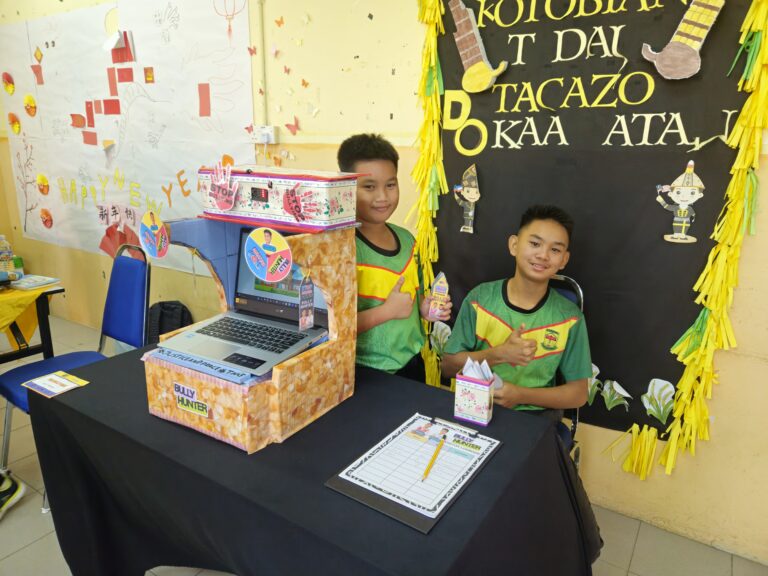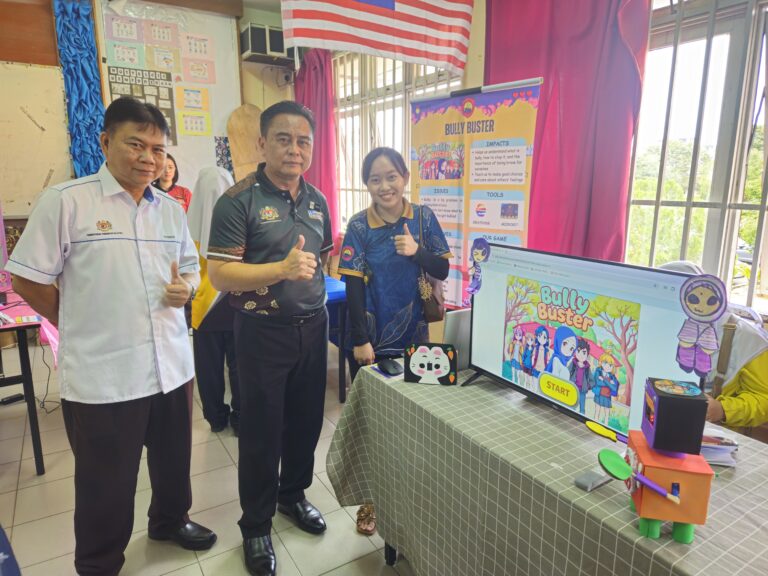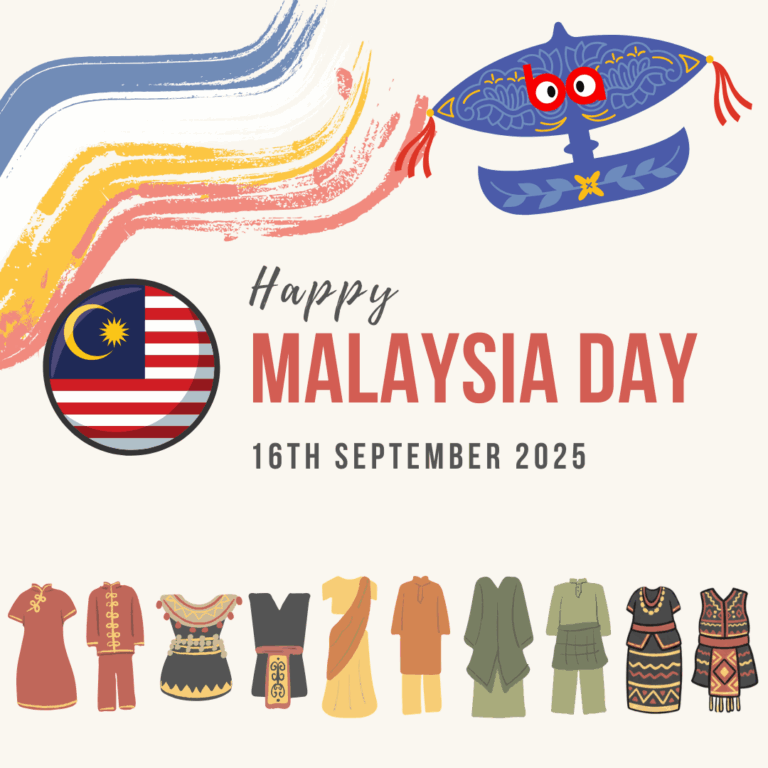On this Malaysia Day—a celebration of our nation’s unity—the mood in some communities is heavy. The tragic case of Zara in Sabah has sparked nationwide outrage and demands for justice. While traditional activism methods such as protests and petitions dominate, a new and powerful movement is rising: STEM for activism in Malaysia.
At the recent Tenom Maker Fair (TMF) at Keningau, Sabah, students from both primary and secondary schools turned to Science, Technology, Engineering, and Mathematics (STEM) as a way to process their grief and channel it into change. Rather than stopping at slogans or speeches, these young people are creating tangible, data-driven projects that highlight their concerns and propose actionable solutions.
The Power of Technology and Innovation
STEM for activism is about transforming lived experiences into innovation. Instead of stopping at awareness, students are:
- Measuring impact – building apps that collect data on bullying.
- Visualizing outcomes – creating dashboards and prototypes to show consequences.
- Testing solutions – modeling interventions to see what could work.
Among the projects showcased were:
- An app to report bullying directly to school disciplinary teams.
- A platform connecting victims with counselors for immediate support.
- A digital watch that signals a student’s emotional state.
- A chatbot designed to help victims build resilience.
While many of these prototypes are still in early stages, the intention behind them is profound. Several students shared that they had witnessed bullying themselves and wished they had acted sooner. Their creativity is driven not just by curiosity, but by empathy and urgency.
From Ideas to Impact
The journey from concept to meaningful change is a powerful hands-on learning process. With continued STEM education, young people can connect their daily realities to systemic injustices—and use data science to reveal truths that are hard to ignore.
For example, they could:
- Analyze disparities in education access.
- Use data visualization to expose gaps in justice or welfare.
- Model policy outcomes to strengthen advocacy.
- This shift—from qualitative storytelling to quantitative evidence—makes their activism more credible, impactful, and lasting.
STEM Beyond the Classroom
Ultimately, STEM for activism in Malaysia is proof that science and technology are not limited to classrooms or labs. They can be wielded as tools for justice, empathy, and systemic reform. This movement empowers young people to apply their knowledge and skills to shape the kind of future they want to inherit.
This Malaysia Day, let us not only celebrate unity but also commit to protecting dignity and human rights. May we work toward a nation where every individual is safe, respected, and heard.
Learn more about the public discussion around the Zara case and its implications in Malaysia.
The video below from Astro Awani provides a deep dive into the public discussion and what the case exposed about bullying and institutional responses in Malaysia.

